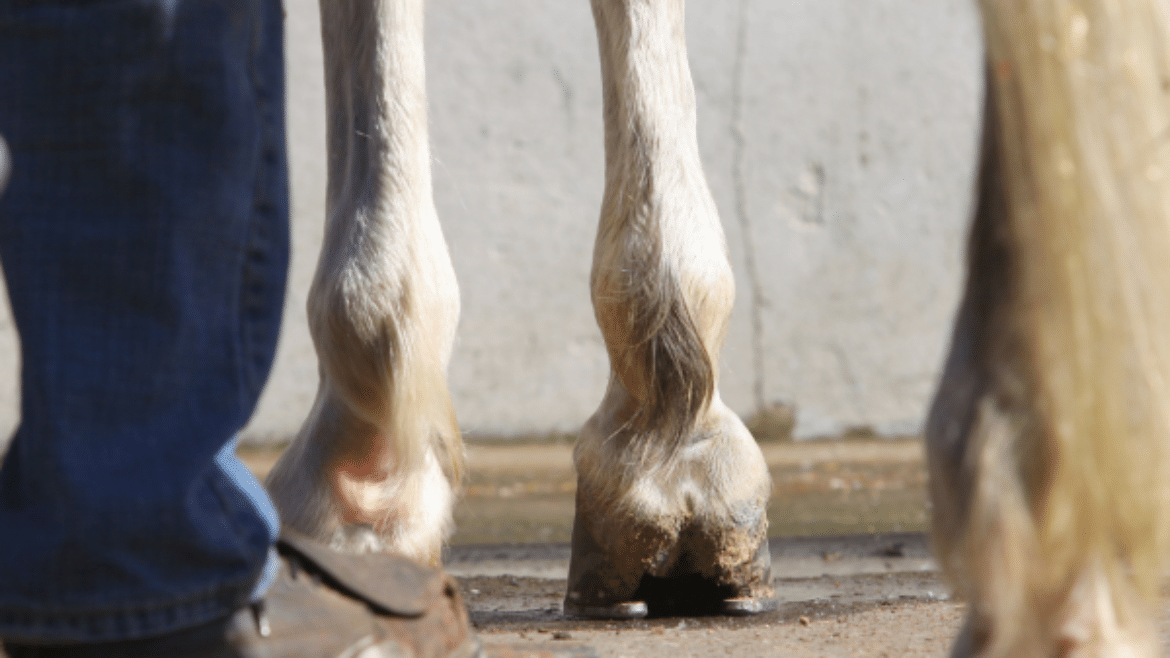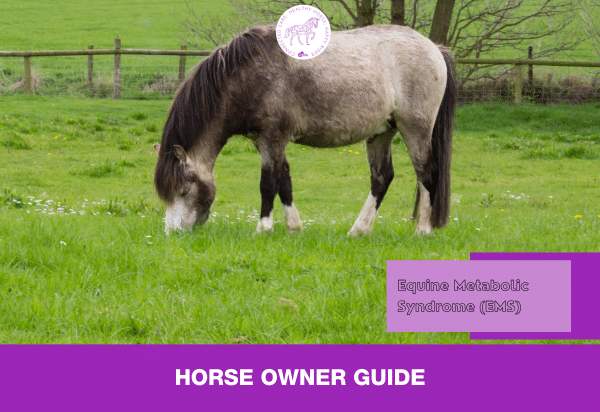Hyperinsulinemia-Associated Laminitis (HAL), a focus on the foot (2025)
Overview
Hyperinsulinemia-Associated Laminitis (HAL) is now recognised as the most common form of endocrinopathic laminitis in horses and ponies, often linked to Equine Metabolic Syndrome (EMS) or Pituitary Pars Intermedia Dysfunction (PPID).
This lecture will explore the pathophysiology of HAL with a specific focus on its impact at the foot level, the primary site of clinical manifestation and long-term morbidity.
We will examine the current understanding of insulin dysregulation as a key driver of lamellar failure, predisposing horses to acute and insidious laminitic events.
The session will also cover diagnostic imaging strategies such as radiography, venography, and MRI.
Management principles will be discussed, emphasising hoof support, farriery intervention, and medical regulation of insulin levels to mitigate progression and promote recovery.
By the end of the lecture, participants will have a deeper understanding of the hoof-specific consequences of hyperinsulinemia and practical insights into improving outcomes through targeted foot care.
Presenters

Dr Andy Fiske-Jackson BVSc MVetMed FHEA Dipl.ECVS MRCVS






